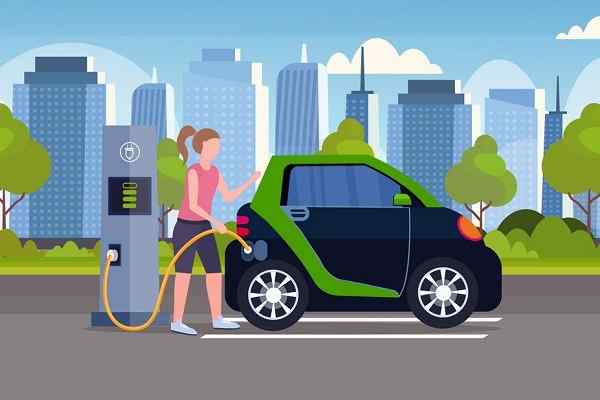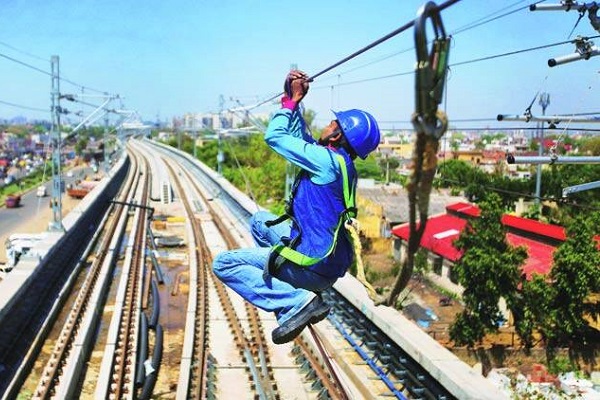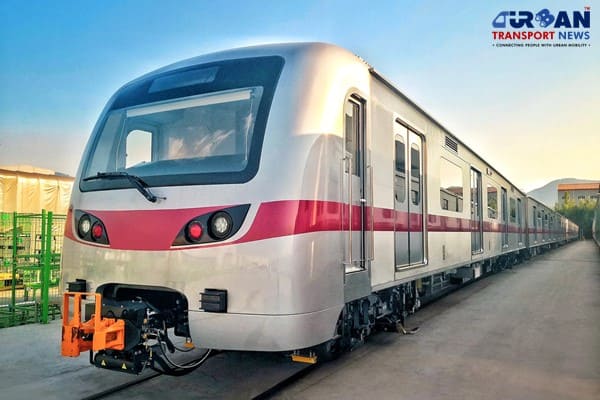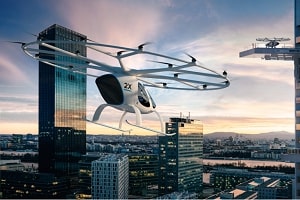 How Weigh-in-Motion Systems Are Revolutionizing Freight Safety
How Weigh-in-Motion Systems Are Revolutionizing Freight Safety Women Powering India’s Electric Mobility Revolution
Women Powering India’s Electric Mobility Revolution Rail Chamber Launched to Strengthen India’s Global Railway Leadership
Rail Chamber Launched to Strengthen India’s Global Railway Leadership Wage and Hour Enforcement Under the Massachusetts Wage Act and Connecticut Labor Standards
Wage and Hour Enforcement Under the Massachusetts Wage Act and Connecticut Labor Standards MRT‑7: Manila’s Northern Metro Lifeline on the Horizon
MRT‑7: Manila’s Northern Metro Lifeline on the Horizon Delhi unveils ambitious Urban Mobility Vision: Luxury Metro Coaches, New Tunnels and Pod Taxi
Delhi unveils ambitious Urban Mobility Vision: Luxury Metro Coaches, New Tunnels and Pod Taxi Qatar approves Saudi Rail Link Agreement, Accelerating Gulf Railway Vision 2030
Qatar approves Saudi Rail Link Agreement, Accelerating Gulf Railway Vision 2030 UP Govt plans to introduce Water Metro services in Ayodhya, Varanasi & Prayagraj
UP Govt plans to introduce Water Metro services in Ayodhya, Varanasi & Prayagraj India’s First Urban Ropeway begins Trial Run in Varanasi, Set to carry 1 Lakh passengers daily
India’s First Urban Ropeway begins Trial Run in Varanasi, Set to carry 1 Lakh passengers daily India and Bhutan to Build First-Ever Rail Link: ₹4,033 Cr Project to Boost Regional Connectivity
India and Bhutan to Build First-Ever Rail Link: ₹4,033 Cr Project to Boost Regional Connectivity
Urban Air Mobility Market Thrives on Growing Road Traffic Congestion
 Volocoptor
Volocoptor
The global urban air mobility market is likely to observe steady growth in the next few years due to the high traffic congestion on roads. Urban air mobility, also known as UAM, is an industry term that is used to refer cargo or passenger-carrying, highly automated, and on-demand services of air transportation. It is an innovative mode of transportation to circumvent traffic congestion on road.
Road congestion has been troubling numerous cities and suburban areas across the globe, which is why the global urban air mobility market is expected to grow rapidly over the projection period. It is no more a scene from a sci-fi movie to see vertical take-off and landing (VTOL) flights carrying passengers and cargos over a short distance.
-The global urban air quality market is driven by the following factors
- High congestion on road
- Increased focus on the sustainability of environment
- Augmented concern for safety of human lives
Powered by electricity, urban air mobility system leverages the availability of low altitude, uncluttered airspace to carry one to five passengers over a distance of five to fifty miles. These aircrafts fly at an altitude ranging from 500 to 5000 feet above the ground level. This mode of transportation do not add to the already existing traffic congestion or environmental pollution. These factors propel the global urban air mobility market toward rapid growth.
The urban air mobility market consists of in-flight services which are making it easier for urban dwellers to reach their destination within the shortest possible times. The current market has not remained confined to serving just passengers either. In 2017, WiNDroVe project in Hamburg implemented the use of drones in the metropolitan areas. Similar projects were implemented in other parts of the world with major companies like Airbus, Audi taking part in expanding the landscape.
In cities like Sao Paulo, the concept is at its peak. The urban air mobility in the city is far ahead of its counterparts like New York, Tokyo in providing air support with helicopters for stranded passengers. These air taxis are also available in Mexico cities. The high costs of the technology remains a challenge. Additionally, high energy consumption and noise are also expected to emerge as barriers to the expansion of the urban air mobility market.
In order to solve the current challenges of high costs, electrical aircraft are increasingly the go-to option for innovators. Many companies like Airbus, Boeing, and startups like Volocopter are investing efforts in electric energy-laden future to bring the next-gen concept of air urban mobility to passengers.
Companies like Volocopter are also working on horizontal take-offs with the help of new designs. The company uses multicopters that have buoyance systems and propulsion in the second axis to support horizontal take-offs. These are ideal in cities wherein congested surroundings remain a major concern for operations. The aircraft uses regular propulsion and rotors with a vertical axis. The growing urbanization, rising demand to beat traffic, and platforms like Uber, Ola are expected to drive tremendous growth for the urban air mobility market.






